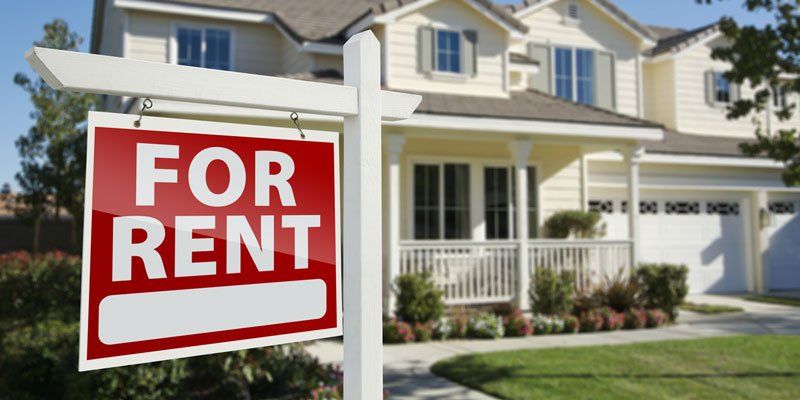What You Should Know About Buying A Home With a Rental Suite
Thinking about buying a home with a rental suite? This can be a great idea if you want to help offset the cost of your home expenses, and it can also potentially help with qualifying for a mortgage on your new purchase, but there are some things you should know up front.
- Most lenders will allow you to add 50% of the rental income back to your income for qualifying; however, there are a few that will consider up to 100% given the strength of your overall mortgage application.
- Adding the rental income back to your income for qualifying shouldn’t be confused with doing a rental income offset.
- You can expect a rental suite to increase your maximum mortgage amount by roughly $50k.
- Although it doesn’t have to be a “legal” suite, there should be a separate entrance along with a kitchen and bathroom in the unit.
- Income from a roommate is not allowed by insurers as rental income to be used in mortgage qualification.
- Lenders may require a signed lease agreement as confirmation of the rental income, and most prefer to see the agreement set to a year. This means you either need to speak to the existing tenant or have a potential tenant in place before qualifying for the mortgage.
- Some lenders may consider a statement of economic rents (from a property appraiser) in lieu of a lease agreement.
- Most lenders will not accept rental income from a family member.
Suffice to say, if you plan on purchasing a property with a rental suite and you need the rental income offset to qualify for the mortgage, you should make sure you’ve been pre-approved ahead of time and you’ve worked the numbers.
If you have any questions or want to get the mortgage process started, contact us anytime!
Share
Sign up to to our newsletter to hear weekly updates on market news, timely buyer/seller tips, and up to date rates





